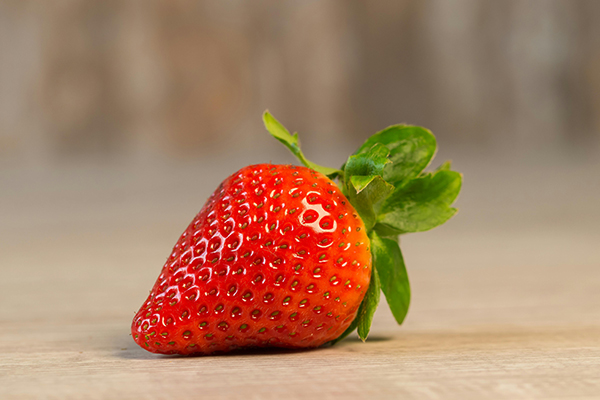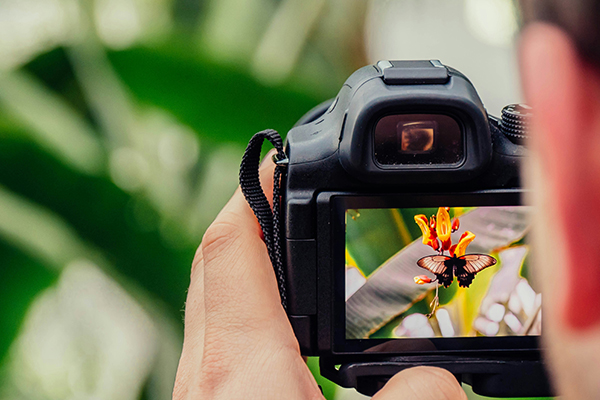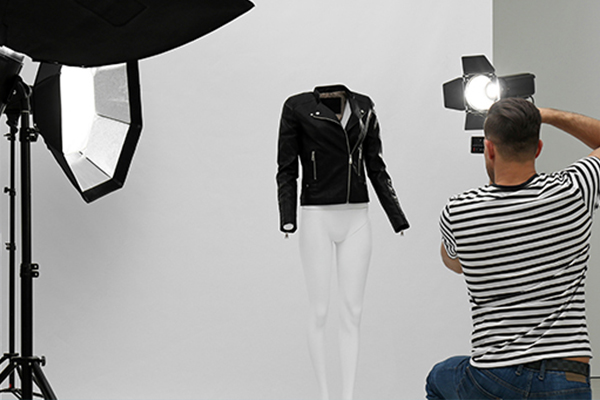In the dynamic landscape of e-commerce, where visuals reign supreme, product photography plays a pivotal role in influencing consumer behavior. From enticing potential buyers to conveying the essence of a brand, the images used to showcase products online can make or break a sale. Understanding the various types of product photography available for e-commerce businesses is essential for crafting compelling visual narratives that captivate audiences and drive conversions.
White Background Photography: White background photography, also known as product-on-white, is a classic and widely used style in e-commerce. It involves capturing products against a clean, white backdrop, eliminating distractions, and allowing the item to take center stage. This type of photography is favored by many online retailers for its simplicity and versatility. It ensures that the product is showcased in its purest form, making it ideal for displaying details and features clearly.
Lifestyle Photography: Lifestyle photography aims to depict products in real-life scenarios, showcasing how they can be used or integrated into everyday routines. By placing products in context, this style creates a connection with consumers, helping them envision themselves using the item. Whether it’s a piece of clothing being worn by a model or a kitchen appliance in a bustling kitchen setting, lifestyle photography adds depth and personality to product imagery, making it more relatable and aspirational.
Flat Lay Photography: Flat lay photography involves arranging products and related accessories on a flat surface and capturing them from a top-down perspective. This style is popular for showcasing collections of items or demonstrating product compositions, such as outfit ensembles, skincare routines, or desk setups. Flat-lay photography allows for creativity in styling and arranging products, making them visually engaging and highly shareable on social media platforms.
360-Degree Photography: 360-degree photography provides an interactive viewing experience by allowing users to rotate and explore a product from all angles. This immersive approach gives online shoppers a comprehensive understanding of the item’s design, features, and dimensions, simulating the in-store inspection process. 360-degree photography is particularly effective for products where visual inspection is crucial, such as electronics, furniture, or jewelry, enhancing transparency and reducing purchase hesitancy.
Close-Up or Macro Photography: Close-up or macro photography focuses on capturing intricate details and textures of products through extreme close-up shots. This style is ideal for showcasing fine craftsmanship, intricate patterns, or product quality. By zooming in on specific elements, such as fabric weave, stitching, or surface finish, close-up photography allows consumers to appreciate the craftsmanship and quality of the item, building trust and confidence in the brand.
Infographic or Annotated Photography: Infographic or annotated photography combines visuals with informative annotations or graphics to highlight key features, benefits, or usage instructions of a product. This style is effective for conveying complex information in a visually digestible format, making it easier for consumers to understand product specifications or functionalities at a glance. Infographic photography is commonly used for tech gadgets, appliances, or products with unique selling points that require explanation.
Environmental Photography: Environmental photography situates products within their natural or intended environment, showcasing them in settings that reflect their purpose or identity. Whether it’s outdoor gear in the wilderness, home decor in a cozy living room, or gourmet food in a sophisticated dining setting, environmental photography tells a story and evokes emotions. By creating a sense of context and atmosphere, this style enhances the perceived value of products and resonates with target audiences’ lifestyles and aspirations.
Transparent or Ghost Mannequin Photography: Transparent or ghost mannequin photography is commonly used for apparel and fashion products to showcase fit, form, and fabric without distractions. By digitally removing or concealing the mannequin, this style creates a seamless presentation that highlights the garment’s silhouette and detailing. Transparent mannequin photography allows online shoppers to visualize how the clothing would look on a human body, aiding in size selection and reducing returns.
Composite or Montage Photography: Composite or montage photography involves combining multiple images or elements to create a visually impactful composition. This style allows for creative storytelling and visual experimentation, enabling e-commerce businesses to convey concepts, moods, or brand narratives through imagery. Whether it’s merging product shots with graphic elements, incorporating surreal elements, or showcasing product variations in a single image, composite photography grabs attention and sparks curiosity.
Cinema graphs or Animated Photography: Cinema graphs or animated photography adds subtle motion to still images, creating captivating visuals that capture viewers’ attention and prolong engagement. By blending static and dynamic elements, this style breathes life into product imagery, making it more interactive and memorable. Whether it’s a flickering flame on a scented candle, rippling water on a skincare product, or gently swaying fabric on a clothing item, cinema graphs create an immersive experience that sets brands apart and fosters emotional connections with consumers.
In conclusion, mastering the art of product photography is essential for e-commerce businesses striving to stand out in a crowded digital marketplace. By leveraging various photography styles and techniques, businesses can create visually compelling narratives that resonate with their target audience, drive traffic, and ultimately lead to increased sales and brand loyalty in the competitive e-commerce landscape.